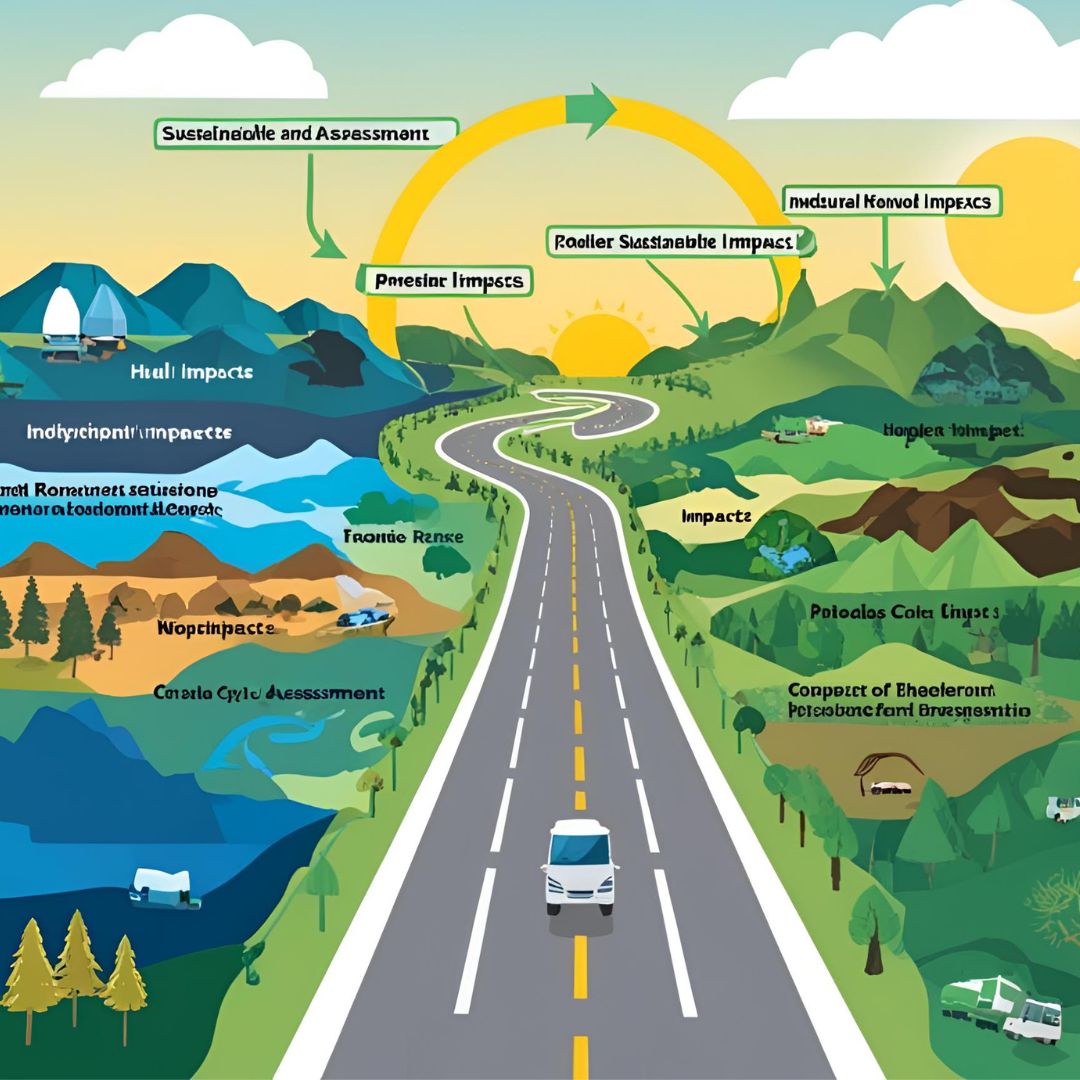Life Cycle Assessment: The Roadmap to Sustainable Industry
Introduction
In today’s industrial landscape, sustainability is no longer a choice—it is a necessity. To minimize environmental impact while maintaining efficiency and profitability, industries are turning to Life Cycle Assessment (LCA). LCA is a powerful analytical tool that evaluates the environmental impact of a product, process, or service from raw material extraction to disposal, also known as the cradle-to-grave approach. By integrating LCA into business strategies, industries can make data-driven decisions to enhance sustainability and reduce their ecological footprint.
Understanding Life Cycle Assessment (LCA)
LCA is a systematic method used to assess the environmental impacts associated with all stages of a product’s life cycle. This includes:
🔹 Raw Material Extraction – Assessing resource depletion and extraction impacts. 🔹 Manufacturing & Processing – Evaluating energy and material efficiency. 🔹 Transportation & Distribution – Measuring emissions and fuel consumption. 🔹 Use Phase – Understanding energy consumption and durability. 🔹 End-of-Life Disposal – Analyzing waste generation, recycling, and biodegradability.
By analyzing these stages, industries can identify critical areas for improvement and implement more sustainable practices.
Why Industries Need LCA
✅ Regulatory Compliance – Helps industries meet environmental regulations and standards. ✅ Cost Efficiency – Identifies opportunities to reduce energy, water, and material consumption. ✅ Reduced Carbon Footprint – Aids in designing low-emission processes and products. ✅ Sustainable Innovation – Encourages the development of eco-friendly products and circular economy models. ✅ Competitive Advantage – Enhances brand reputation and attracts environmentally conscious consumers.
Key Phases of LCA
1. Goal & Scope Definition
- Determining the purpose of the assessment.
- Establishing system boundaries (cradle-to-grave, cradle-to-gate, or cradle-to-cradle).
2. Inventory Analysis (LCI)
- Collecting data on inputs (energy, water, raw materials) and outputs (emissions, waste, by-products).
- Mapping the entire production and supply chain for a detailed impact study.
3. Impact Assessment (LCIA)
- Evaluating environmental effects such as global warming potential, water pollution, and resource depletion.
- Utilizing standardized impact categories like carbon footprint, water footprint, and toxicity levels.
4. Interpretation & Improvement Strategies
- Identifying hotspots of high environmental impact.
- Suggesting alternatives to optimize resource use and lower emissions.
- Implementing sustainable design principles for long-term benefits.
Applications of LCA in Industry
🔹 Green Manufacturing – Optimizing production processes to minimize waste and energy consumption. 🔹 Sustainable Packaging – Reducing material usage and shifting to biodegradable or recyclable options. 🔹 Renewable Energy Integration – Evaluating the benefits of solar, wind, and biomass energy. 🔹 Eco-Friendly Product Design – Creating products with extended life spans, recyclability, and lower toxicity. 🔹 Circular Economy Development – Promoting reusability, remanufacturing, and closed-loop supply chains.
Challenges in Implementing LCA
🚧 Data Collection Complexity – Gathering accurate and comprehensive data across all life cycle stages. 🚧 High Initial Costs – Investment in LCA tools and expertise can be a barrier for small businesses. 🚧 Standardization Issues – Variations in methodologies may affect comparability between different assessments. 🚧 Stakeholder Engagement – Convincing suppliers and customers to adopt sustainable practices.
The Future of LCA in Industry
🌍 AI & Automation in LCA – AI-driven tools for real-time sustainability assessments. 🌍 Blockchain for Transparency – Securing supply chain data for accurate LCA reporting. 🌍 Integration with Circular Economy – Strengthening material reuse and waste minimization efforts. 🌍 Eco-Certifications & Labels – Enhancing consumer awareness through verified sustainability claims.
Conclusion
Life Cycle Assessment is a game-changer for sustainable industry practices. By evaluating and improving every stage of a product’s journey, industries can drastically reduce their environmental footprint while enhancing efficiency and innovation. Embracing LCA is not just about compliance—it’s about leading the way toward a greener, more sustainable future.
